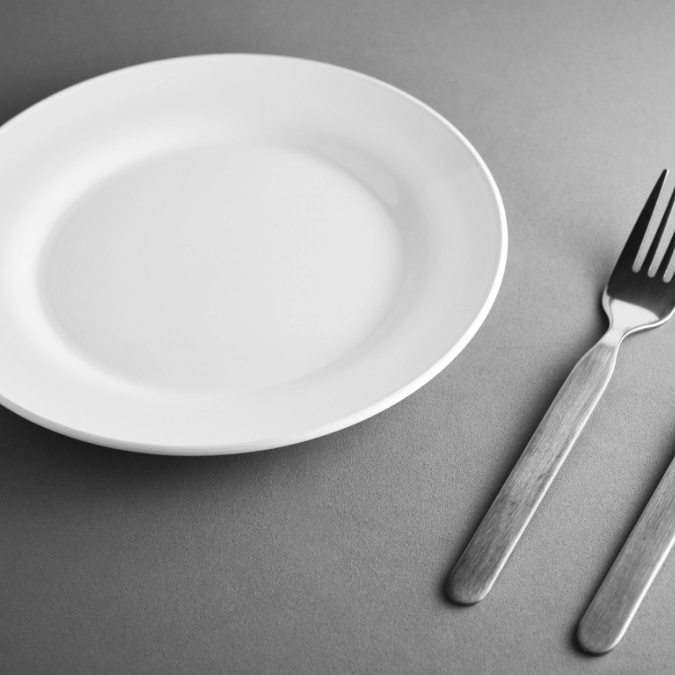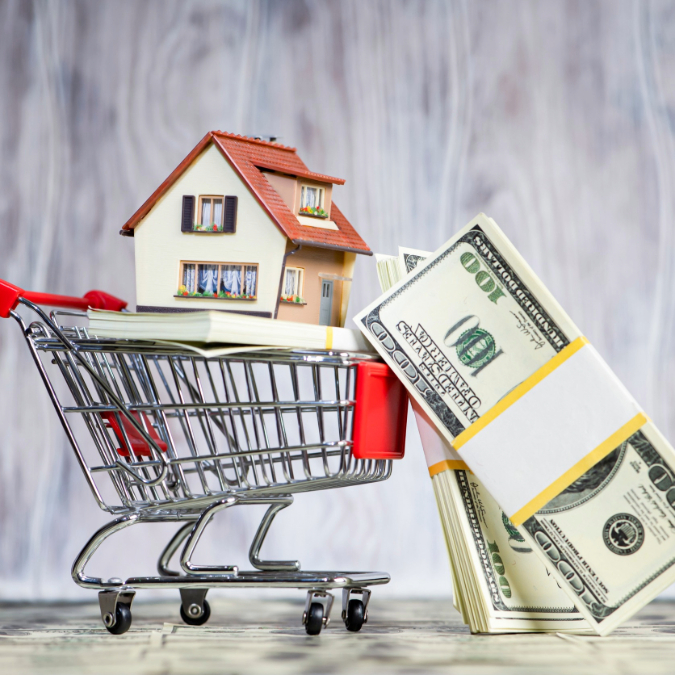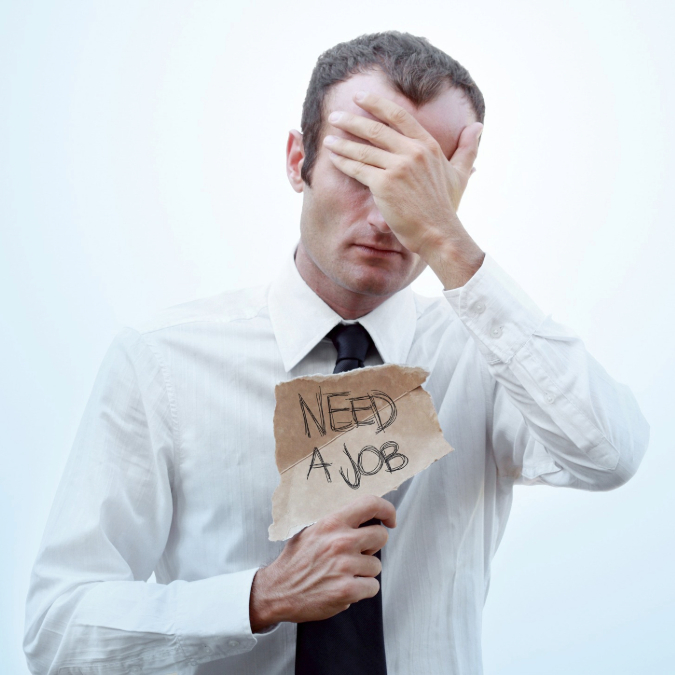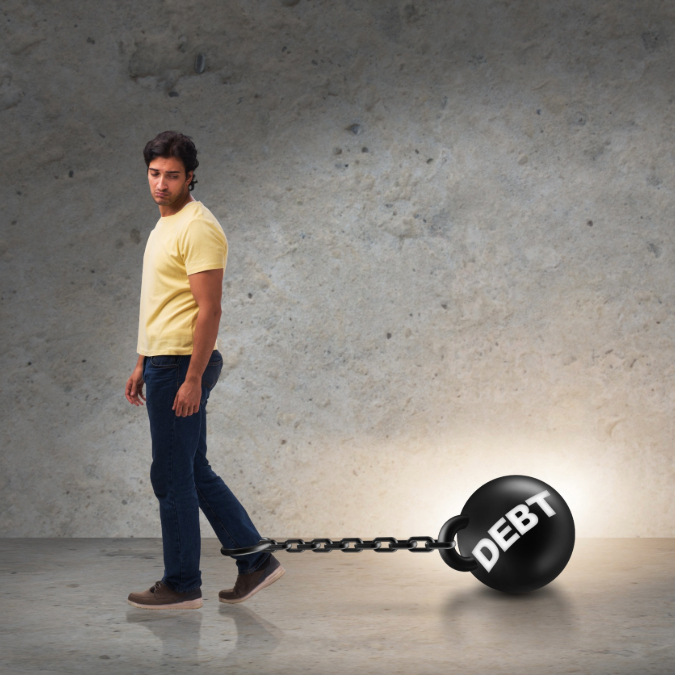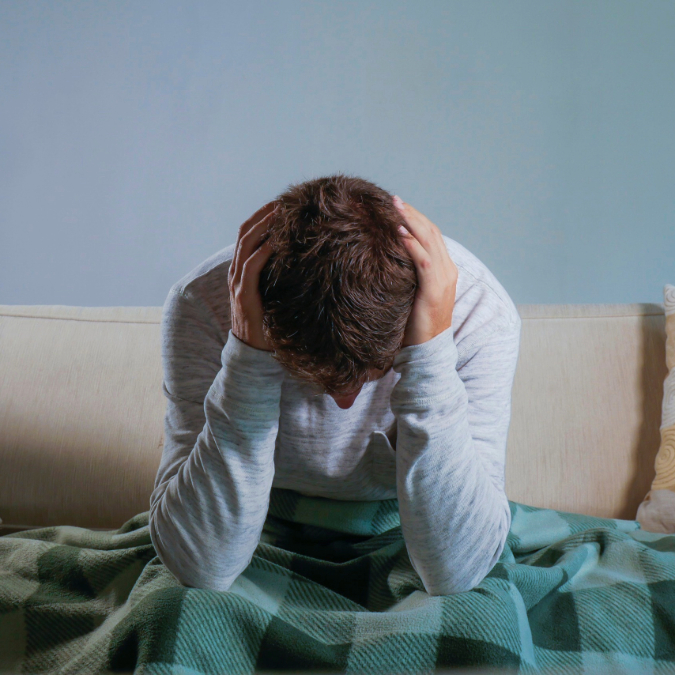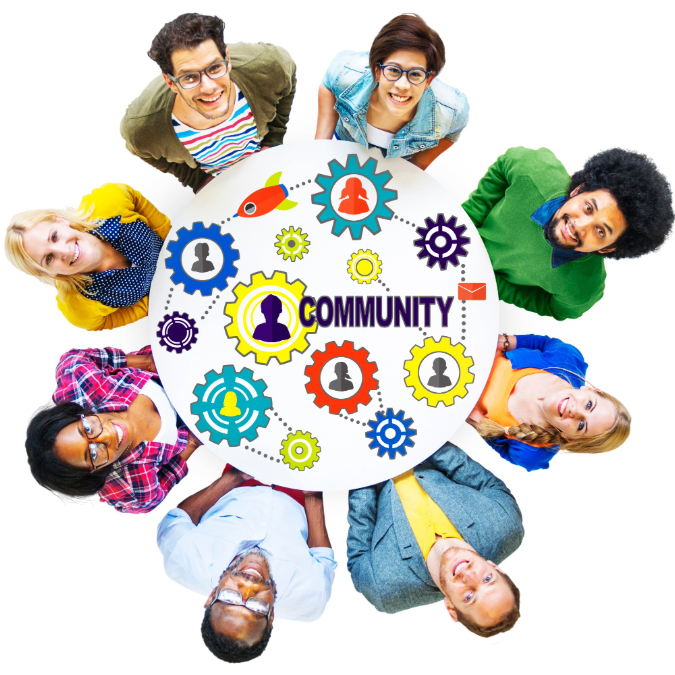Living on the edge of poverty and the lower middle class presents a harsh and often overlooked reality for millions of individuals and families nationwide. In this precarious position, every aspect of life is colored by financial instability and the constant struggle to make ends meet.
From the stress of living paycheck to paycheck to the lack of access to basic necessities such as healthcare and food, the challenges are numerous and profound. Here are twelve difficult realities that low-income Americans living on the edge of poverty often face.
1. Constant Financial Stress
Living on the edge of poverty or in the lower middle class often means grappling with relentless financial stress. From struggling to pay bills to worrying about unexpected expenses, the anxiety of not having enough money is ever-present.
2. Limited Access to Healthcare
Healthcare becomes a luxury when you’re teetering on the edge of poverty. Regular check-ups, medications, and even emergency care might be out of reach due to lack of insurance or high deductibles.
3. Food Insecurity
The uncertainty of having enough food to eat is a harsh reality for many people living on the edge of poverty. Choosing between paying bills and buying groceries is a daily dilemma, leading to skipped meals or reliance on cheap, unhealthy food. Although resources like food banks are available, getting to them can be a challenge without access to reliable transportation, and food quality varies.
4. Inadequate Housing
According to Nerdwallet, the average price of rent is now 30% higher than pre-pandemic. With the cost of rent rising, affordable housing options are limited and are often rundown or in unsafe neighborhoods.
Low-income Americans who manage to get their foot on the real estate ladder often have mortgages that take up a significant portion of their income, leaving little room for maintenance or improvements. Overall the lack of adequate, affordable housing available to Americans on the edge of poverty results in living conditions that are less than ideal, impacting their well-being.
5. Transportation Challenges
According to Vox, it can be hard for people in the lower class to afford car ownership, especially since vehicle prices have surged in recent years. Many lower class Americans have bad credit, which can subject them to predatory car loans with high interest rates. Cheaper, less reliable cars that need frequent maintenance may be all they can afford. As a result, they may struggle to keep up with repair costs.
Without reliable transportation, getting to work, school, or even the grocery store becomes a significant challenge. Public transportation might be unreliable or nonexistent, and owning a car is often financially out of reach.
6. Limited Job Opportunities
Job prospects for those on the edge of poverty are often limited to low-paying, unstable positions with little to no benefits. Finding stable employment that pays a living wage is a constant struggle, especially for those who live in rural areas.
7. Debt Trap
High-interest loans, credit card debt, and predatory lending practices are common traps for those living on the edge of poverty. With limited financial literacy and resources, it’s easy to fall into debt and difficult to climb out.
Even debt relief options come with costs that some Americans can’t afford. Research has also shown that many people struggling with overwhelming debt burdens don’t file for bankruptcy because they can’t pay an attorney.
8. Lack of Educational Opportunities
Access to quality education is often limited, perpetuating the cycle of poverty. Without the means to afford higher education or access to good schools, opportunities for advancement are scarce.
9. Health Disparities
Sadly, chronic illnesses are more prevalent and life expectancy is often lower among lower class Americans. Health issues are often exacerbated by living on the edge of poverty due to limited access to healthcare and nutritious food. Many low-income people reside in food deserts without grocery stores, which can make eating healthy difficult.
10. Social Isolation
Financial struggles can lead to social isolation as individuals may feel ashamed or embarrassed about their circumstances. They may withdraw from social activities or friendships due to the inability to afford them.
11. Mental Health Struggles
The stress of living paycheck to paycheck, coupled with the constant pressure to make ends meet, takes a toll on mental health. Depression, anxiety, and other mental health issues are common but often go untreated due to lack of access to affordable care.
12. Insecurity About the Future
Perhaps the most challenging reality of living on the edge of poverty is the constant uncertainty about the future. There’s a lack of stability and security, with no clear path out of poverty or into a better life. It’s a daily struggle just to survive, let alone thrive.
Tackling Poverty
From financial stress to the perpetual cycle of debt and insecurity, the struggle low-income Americans face is multifaceted and often overwhelming. Addressing these issues requires a concerted effort from governments, communities, and individuals alike.
Policies aimed at reducing income inequality, improving access to education and healthcare, and providing support for those in need are crucial steps toward creating a more equitable society. By recognizing and addressing these realities, we can work towards a future where everyone has the opportunity to thrive, regardless of their socioeconomic status.
Read More
Are You Leaving Money On The Table? 12 Ways To Get The Raise You Deserve
Retirement Crisis: 11 Reasons Baby Boomers Don’t Have Enough Savings

Vicky Monroe is a freelance personal finance and lifestyle writer. When she’s not busy writing about her favorite money saving hacks or tinkering with her budget spreadsheets, she likes to travel, garden, and cook healthy vegetarian meals.



